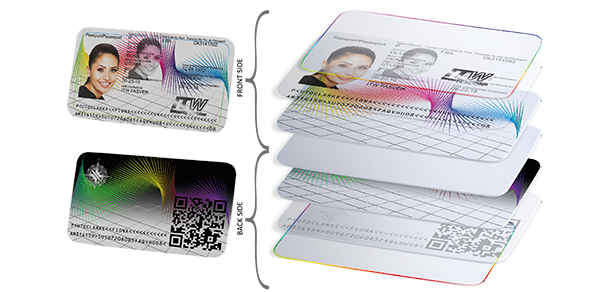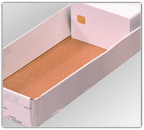Advanced card materials improve security, lifespan for ID documents
White paper explores why 100% PVC no longer sufficient for secure card issuers
20 March, 2017
category: Corporate, Government, Smart Cards
It is well established that advanced card materials can be used to build more durable, long lasting and counterfeit-resistant ID cards. While 100% PVC cards were once seen as adequate, secure card issuers are widely recognizing their limitations. PVC is cheap, easy to obtain and it can be rapidly printed with off-the-shelf, inexpensive card printers. All great qualities for rapid non-secure card issuance but major drawbacks for secure IDs.
Issuers at all levels need to rethink their choices and consider migrating to advanced card materials, composite cards and embedded security features. While each adds cost to the individual unit card price, the overall benefits far outweigh the cost. In the overall cost of an ID card issuance project, the added cost for the advanced card materials may seem almost insignificant.
A white paper from ITW Security Division called The Evolution of Card Substrates explores options open to card issuers, reviewing advanced ID substrates and highlighting embedded security features. In essence, it addresses the question: “If PVC is no longer the primary choice for card issuers due to security, durability and environmental issues what are the alternative card substrates?”
Composite cards, Polycarbonate cards, Teslin/synthetic papers are examined. For each advanced card material type, a series of card security options are presented.
This is one of a series of really solid resources on advanced card materials and embedded security features available from ITW. Check it out online.




